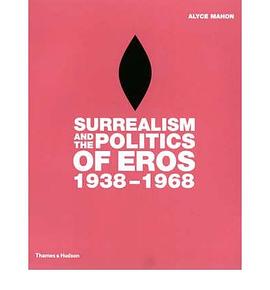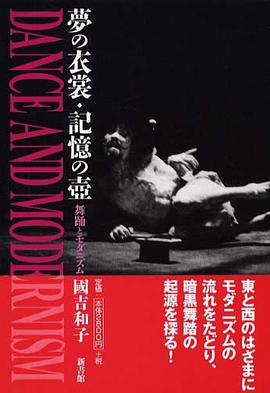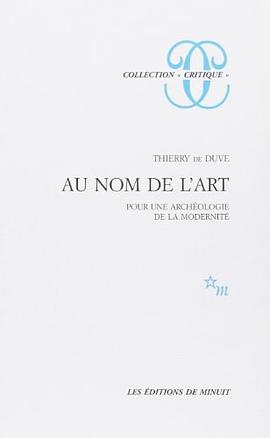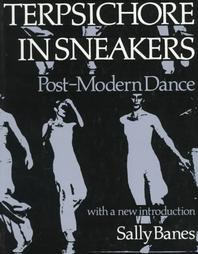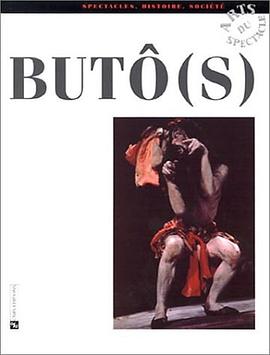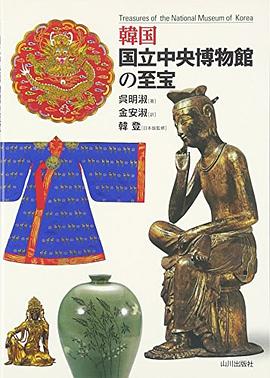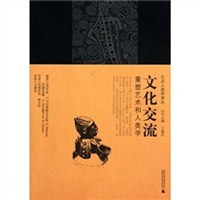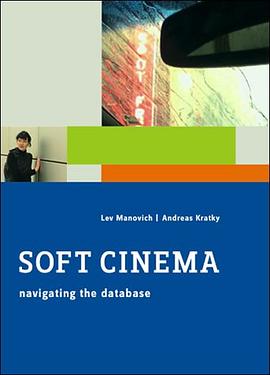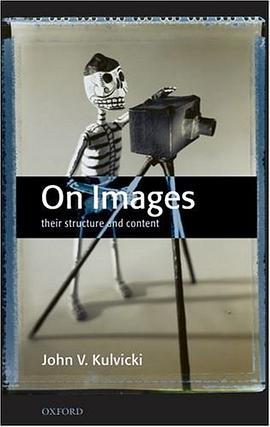

具体描述
Whether it was the demands of life, leisure, or a combination of both that forced our hands, we have developed a myriad of artefacts---maps, notes, descriptions, diagrams, flow-charts, photographs, paintings, and prints---that stand for other things. Most agree that images and their close relatives are special because, in some sense, they look like what they are about. This simple claim is the starting point for most philosophical investigations into the nature of depiction. On Images argues that this starting point is fundamentally misguided. Whether a representation is an image depends not on how it is perceived but on how it relates to others within a system. This kind of approach, first championed by Nelson Goodman in his Languages of Art, has not found many supporters, in part because of weaknesses with Goodman's account. On Images shows that a properly crafted structural account of pictures has many advantages over the perceptual accounts that dominate the literature on this topic. In particular, it explains the close relationship between pictures, diagrams, graphs and other kinds of non-linguistic representation. It undermines the claim that pictures are essentially visual by showing that audio recordings, tactile line drawings, and other non-visual representations are pictorial. Also, by avoiding explaining images in terms of how we perceive them, this account sheds new light on why pictures seem so perceptually special in the first place. This discussion of picture perception recasts some old debates on the topic, suggests further lines of philosophical and empirical research, and ultimately leads to a new perspective on pictorial realism.
作者简介
目录信息
读后感
评分
评分
评分
评分
用户评价
相关图书
本站所有内容均为互联网搜索引擎提供的公开搜索信息,本站不存储任何数据与内容,任何内容与数据均与本站无关,如有需要请联系相关搜索引擎包括但不限于百度,google,bing,sogou 等
© 2026 book.wenda123.org All Rights Reserved. 图书目录大全 版权所有



